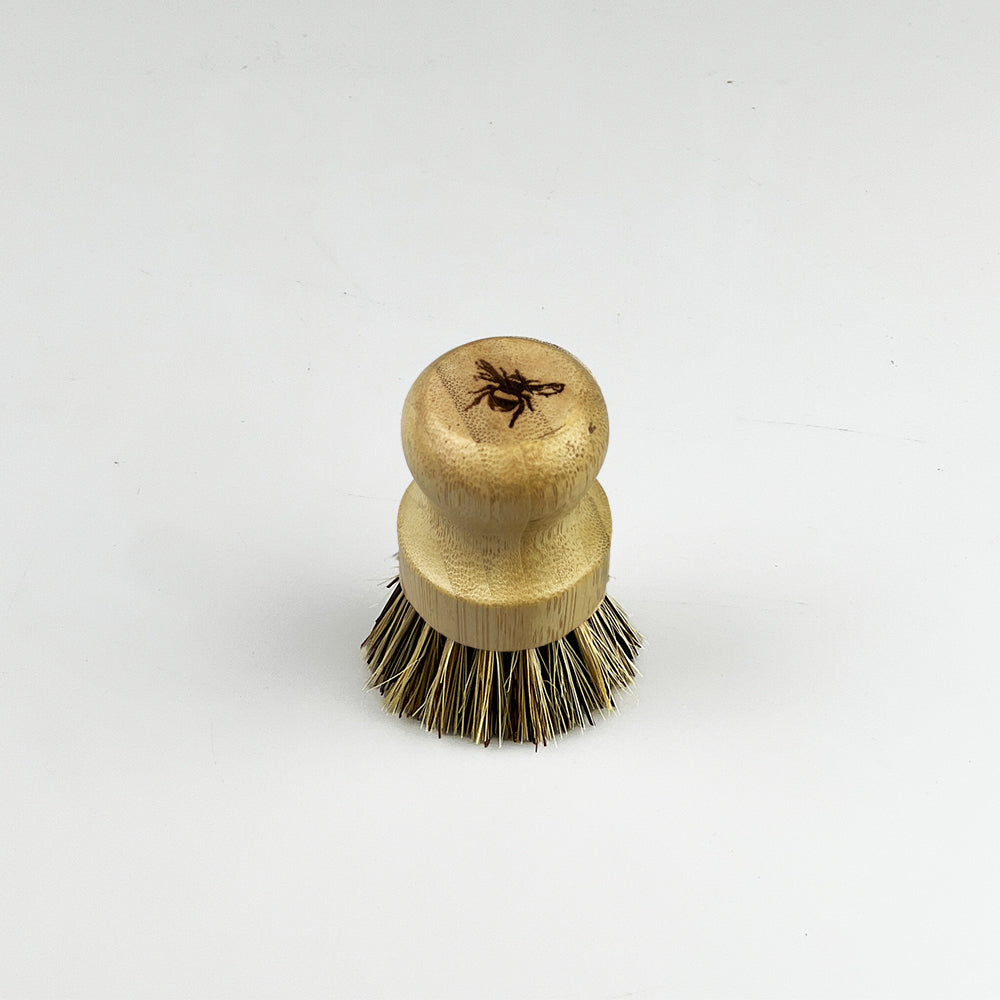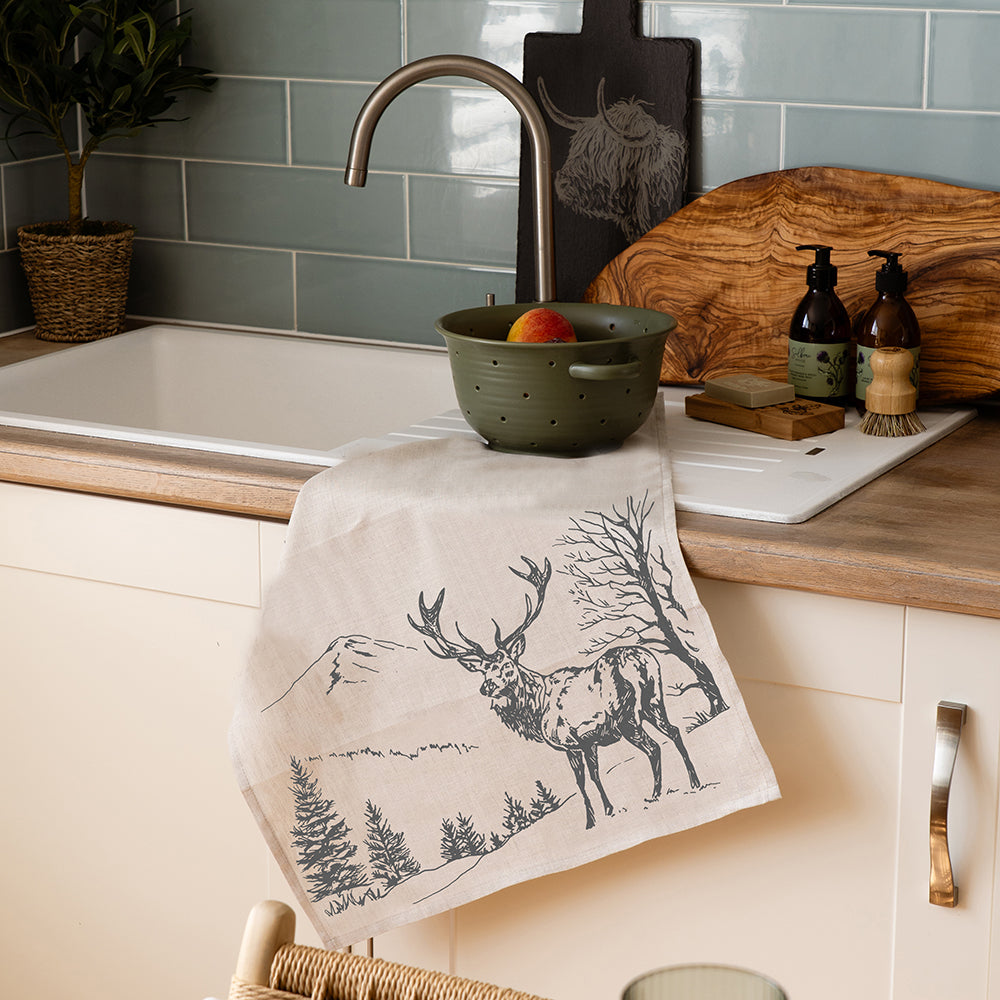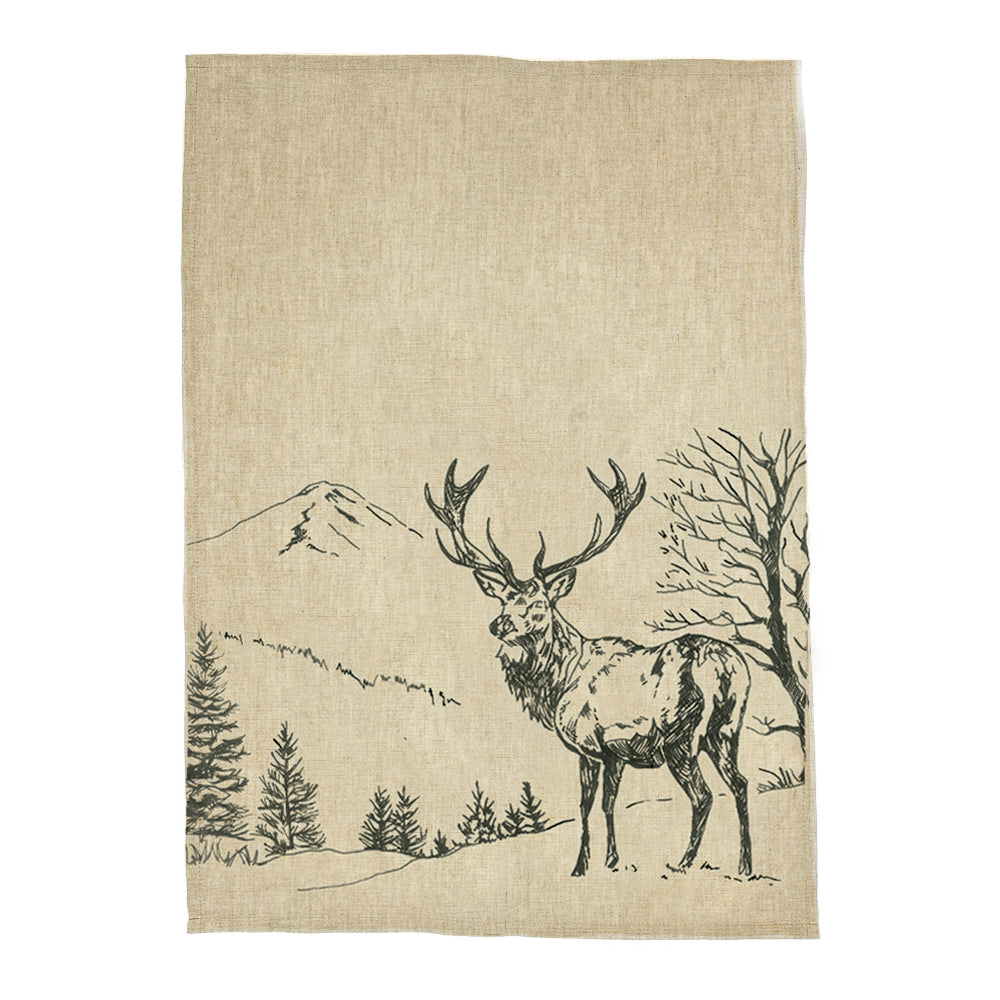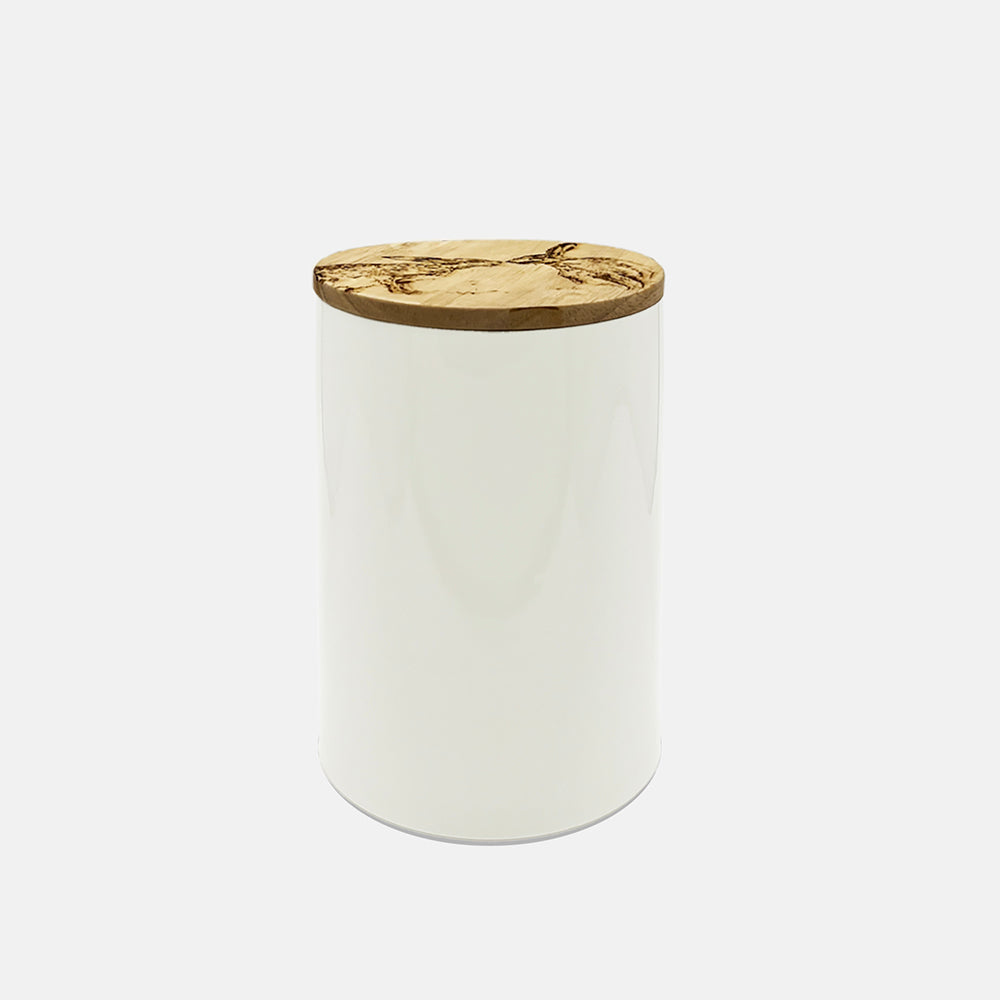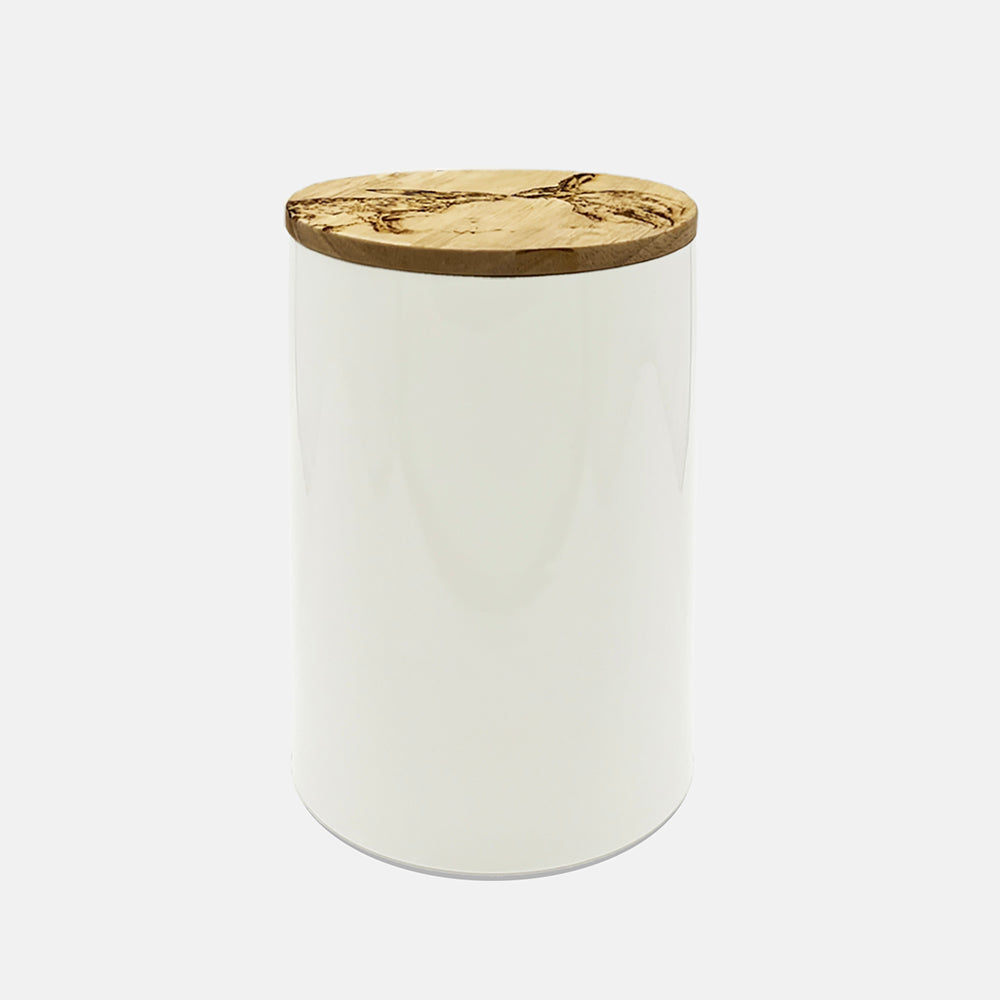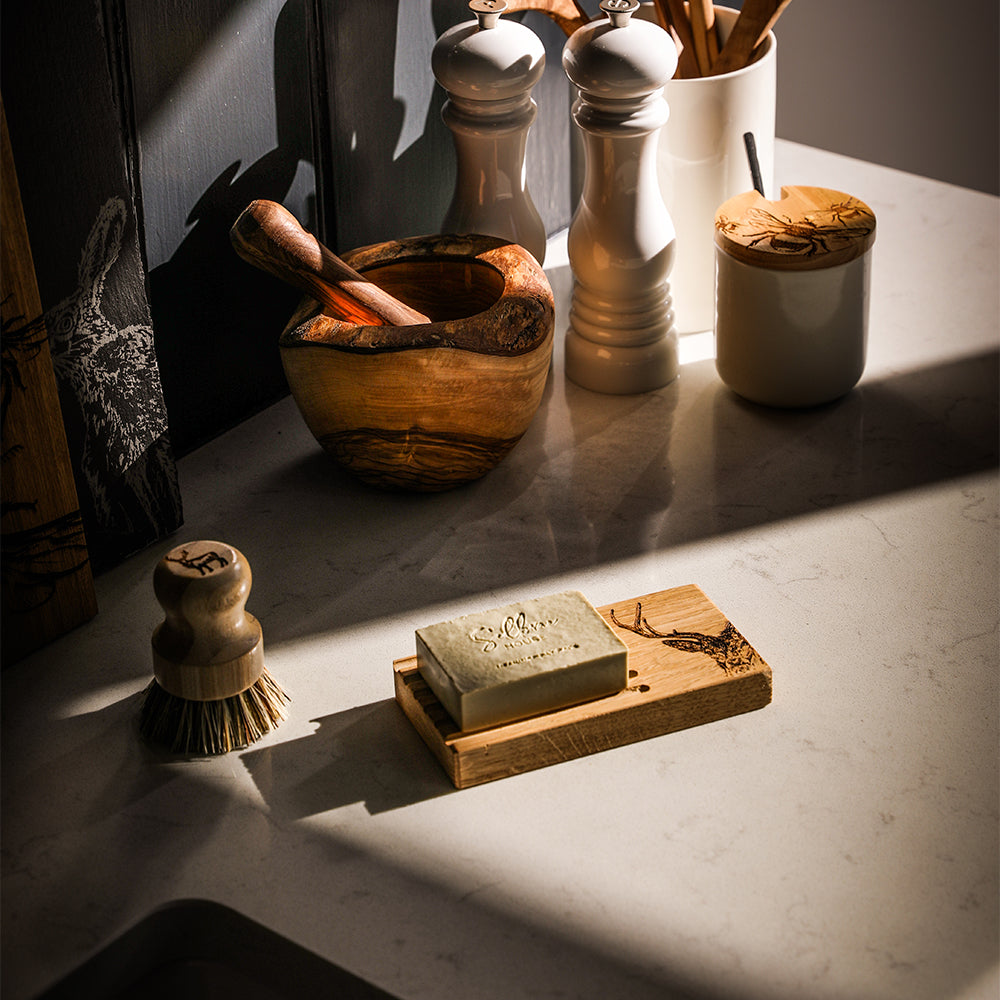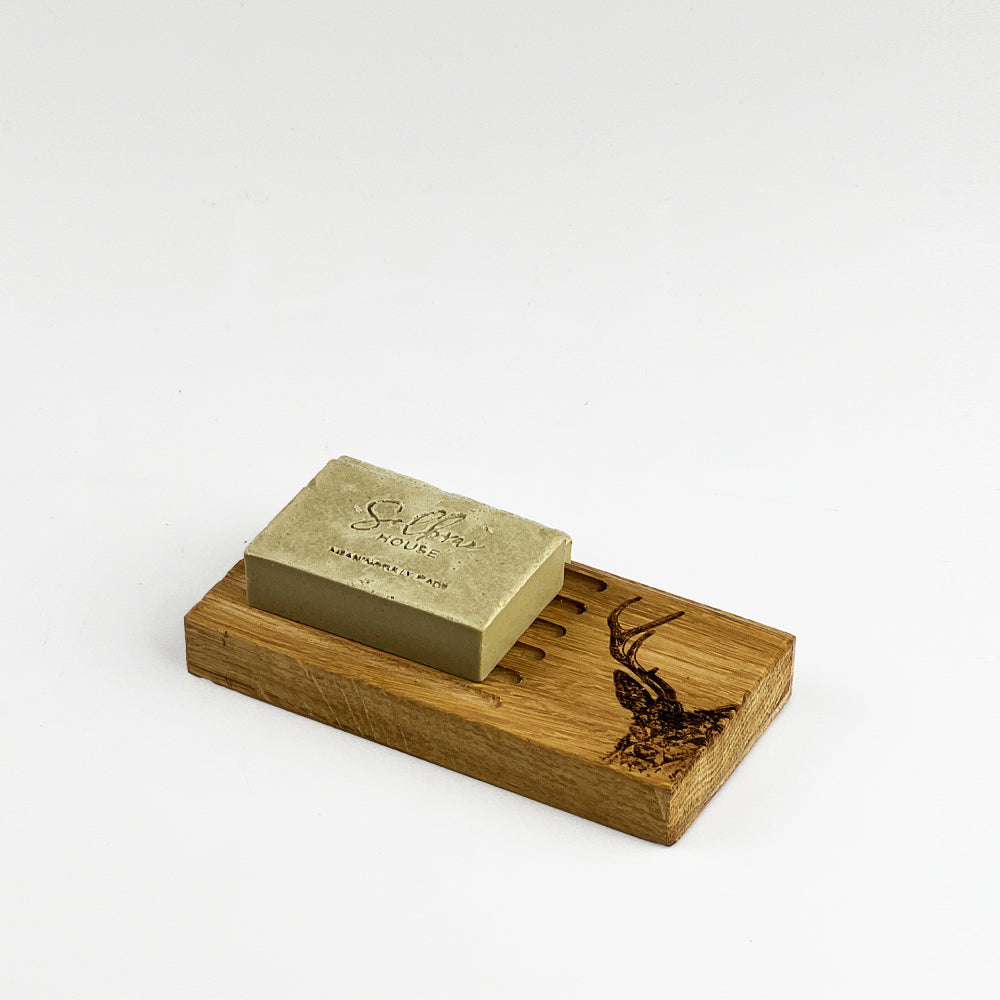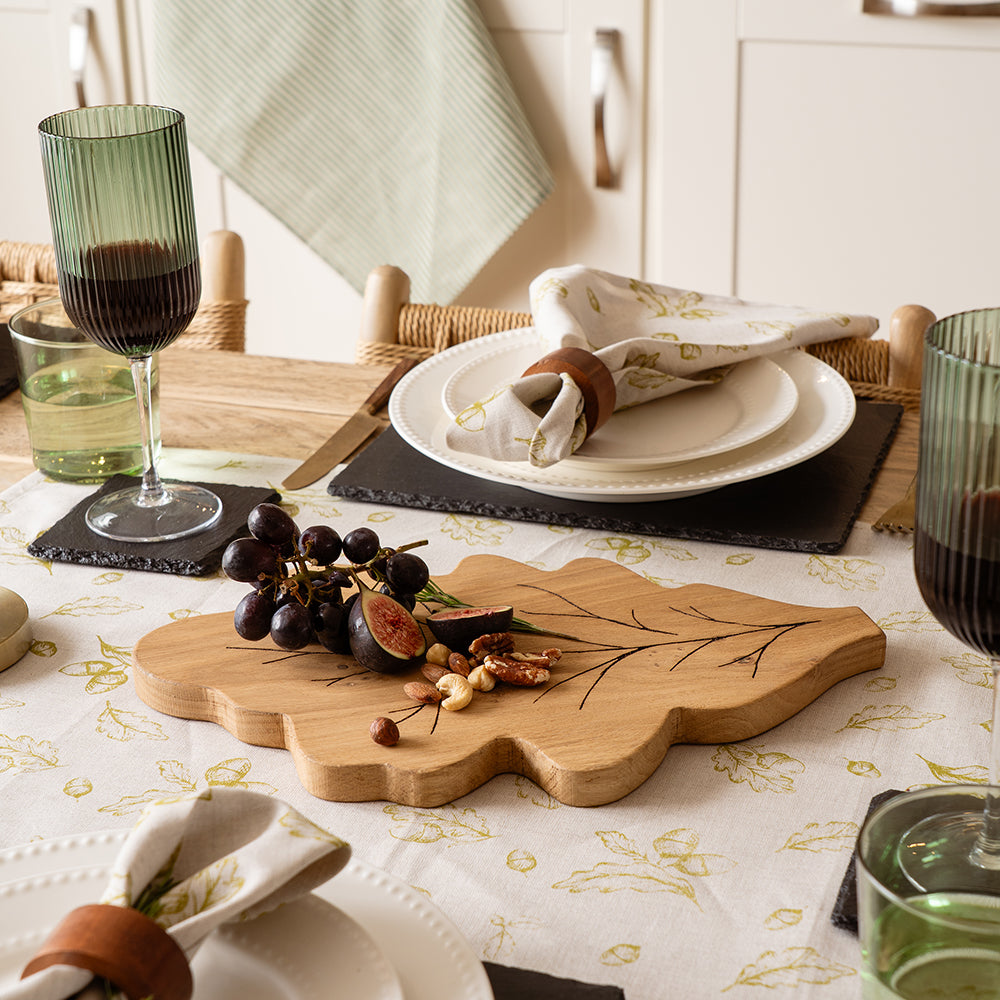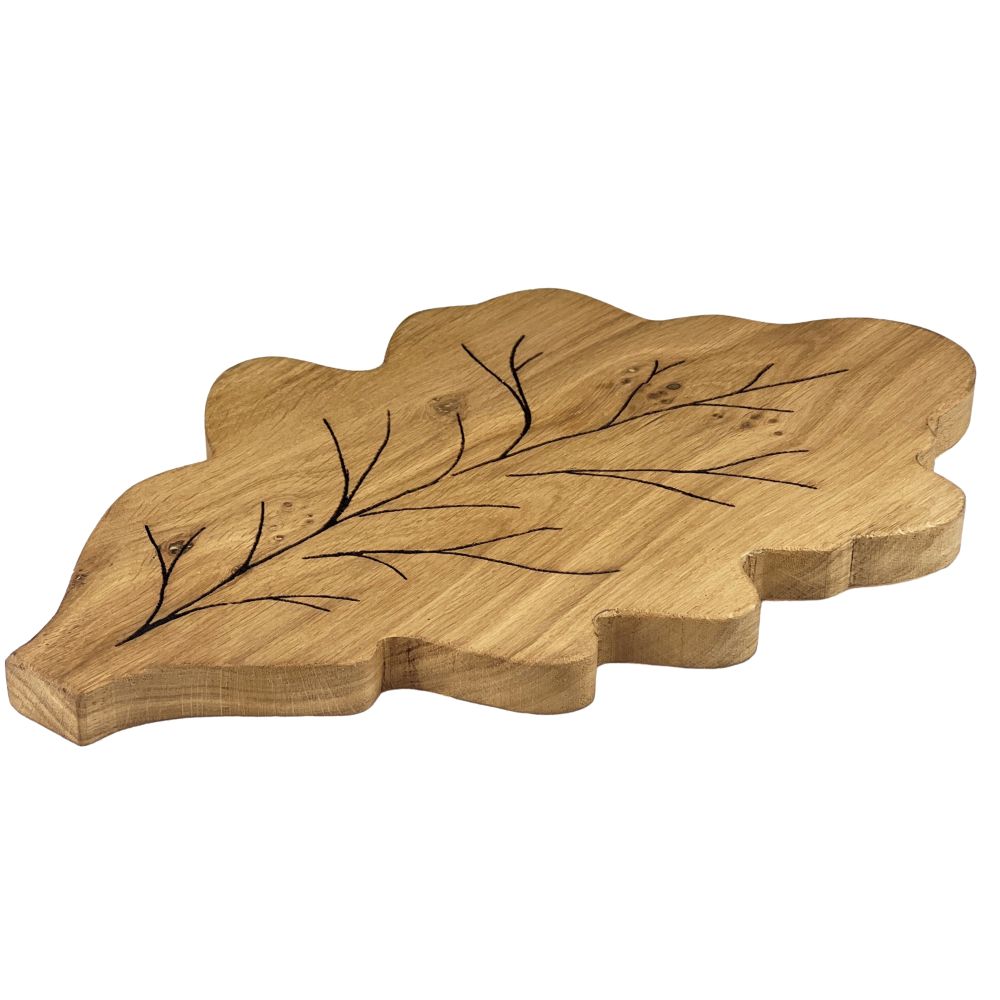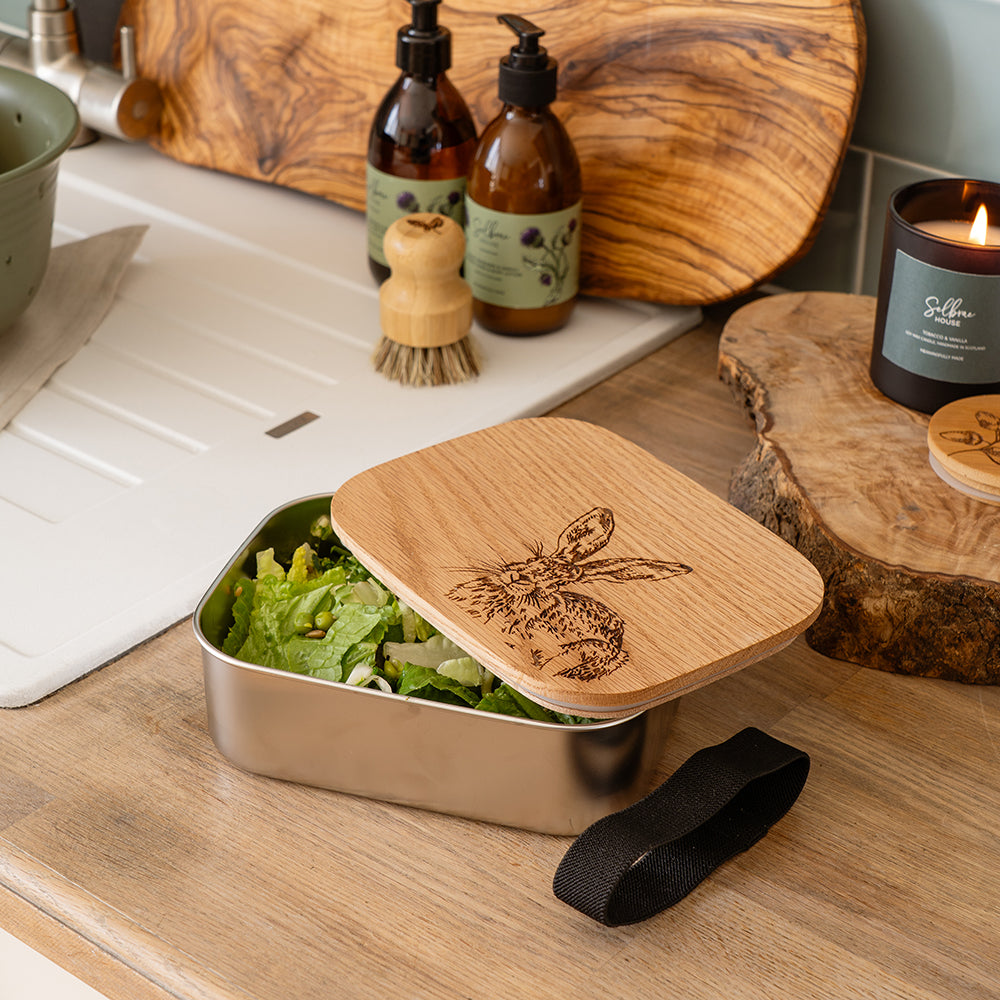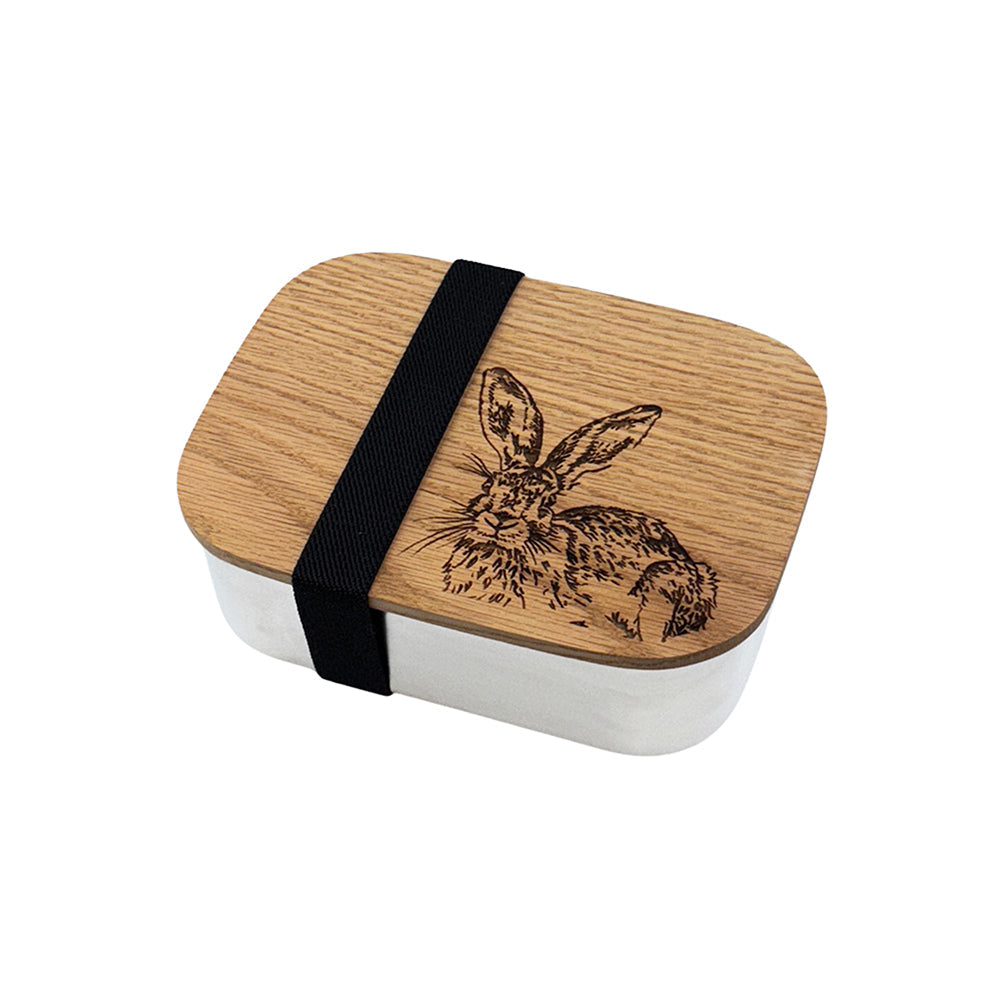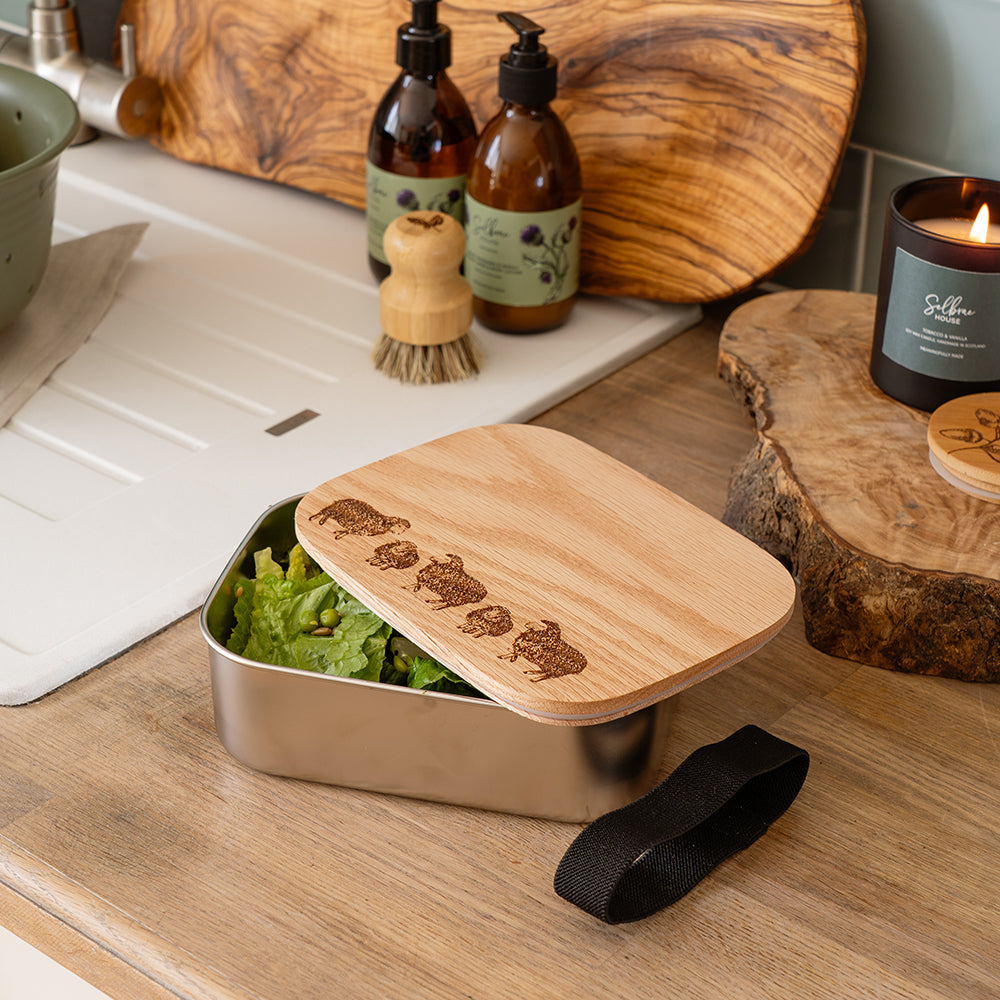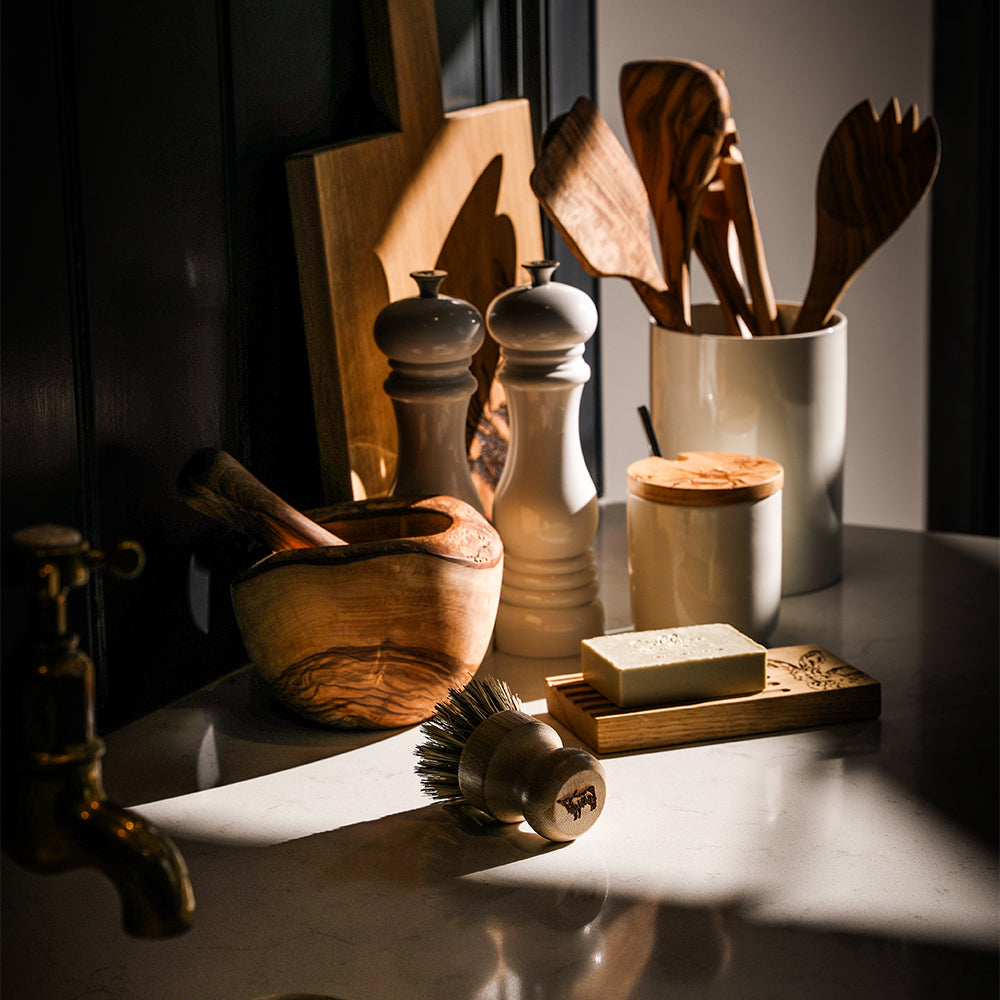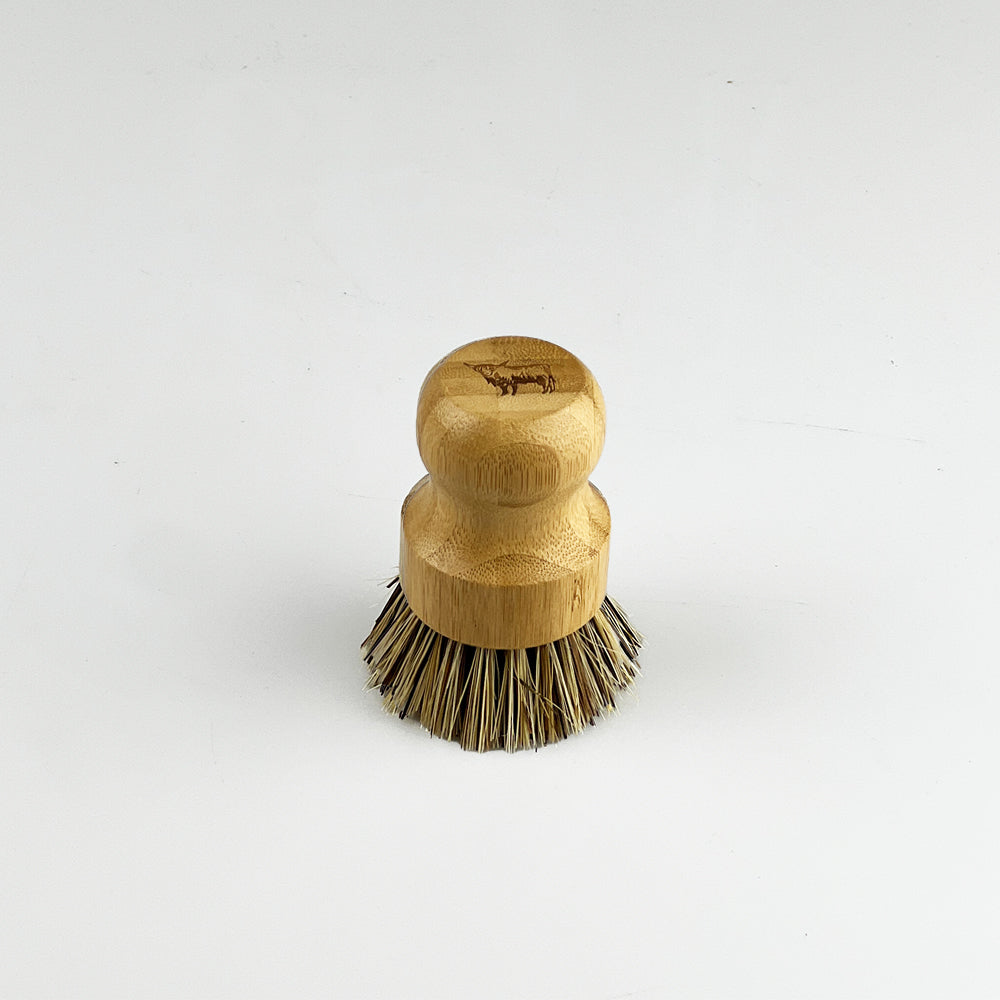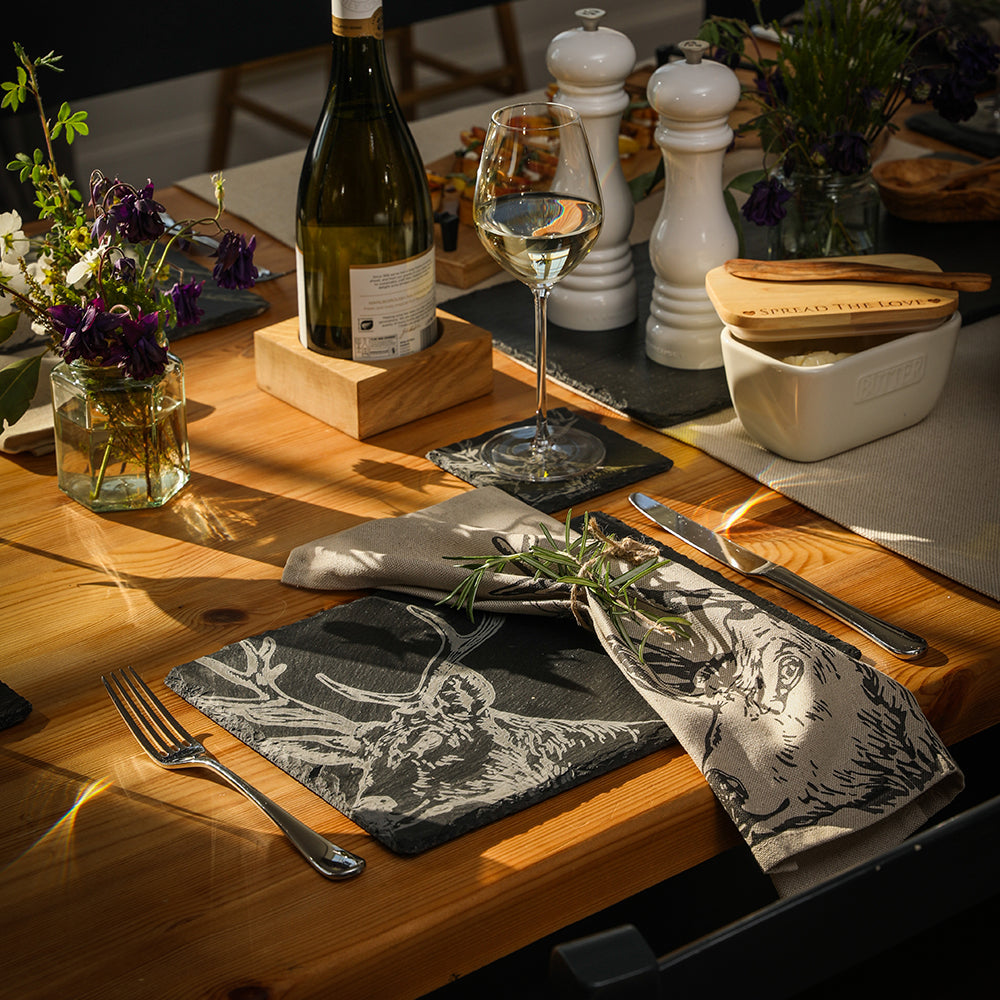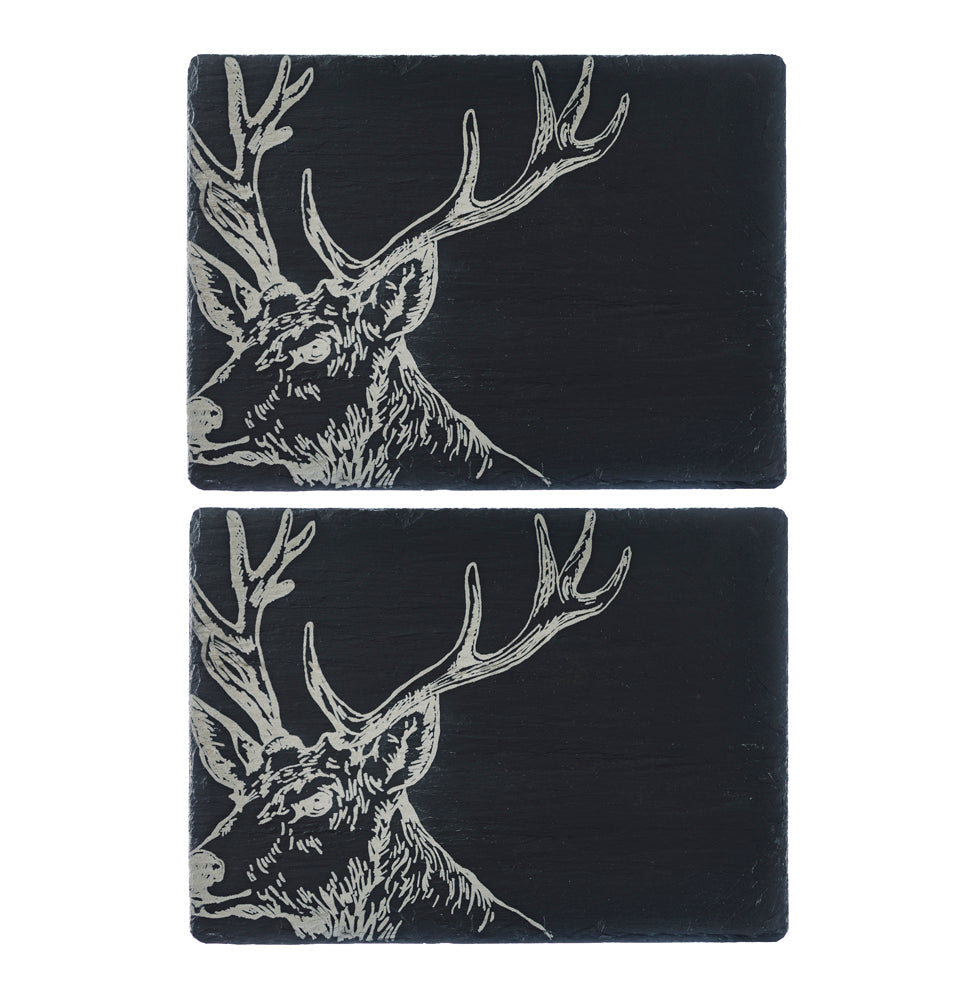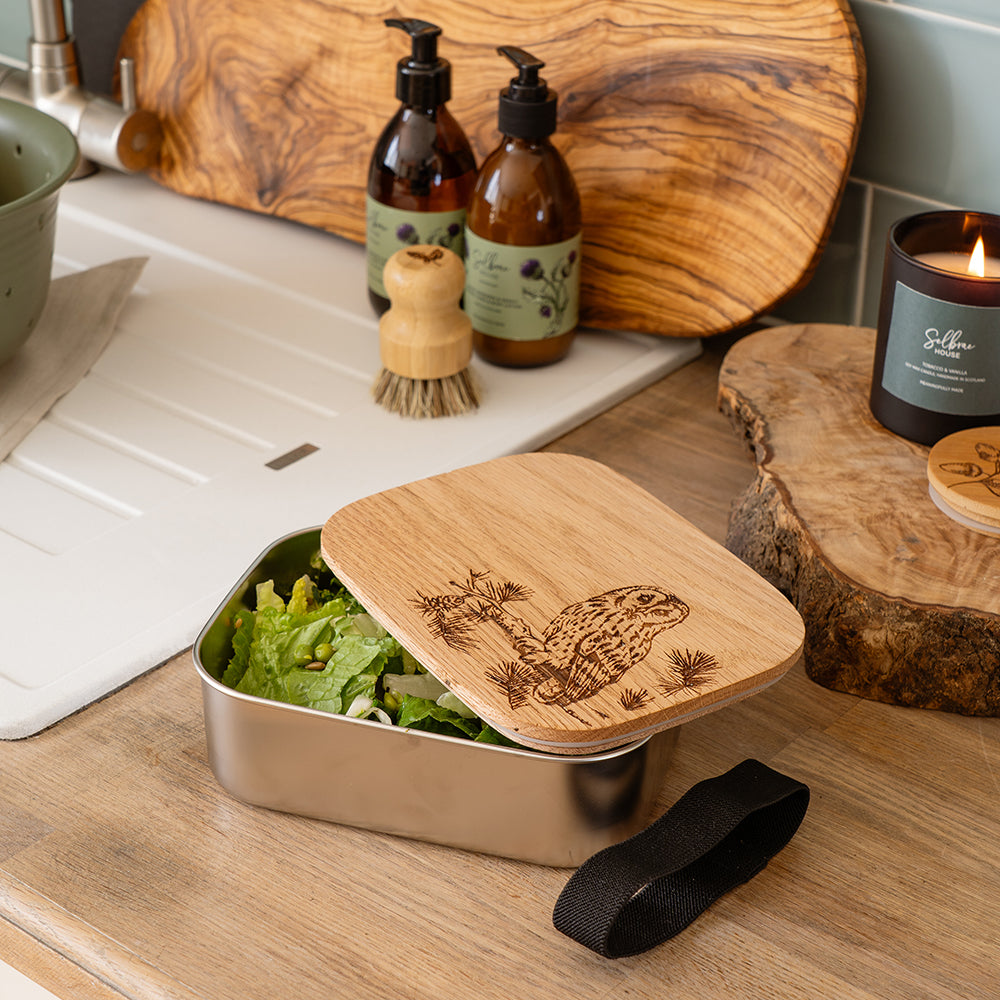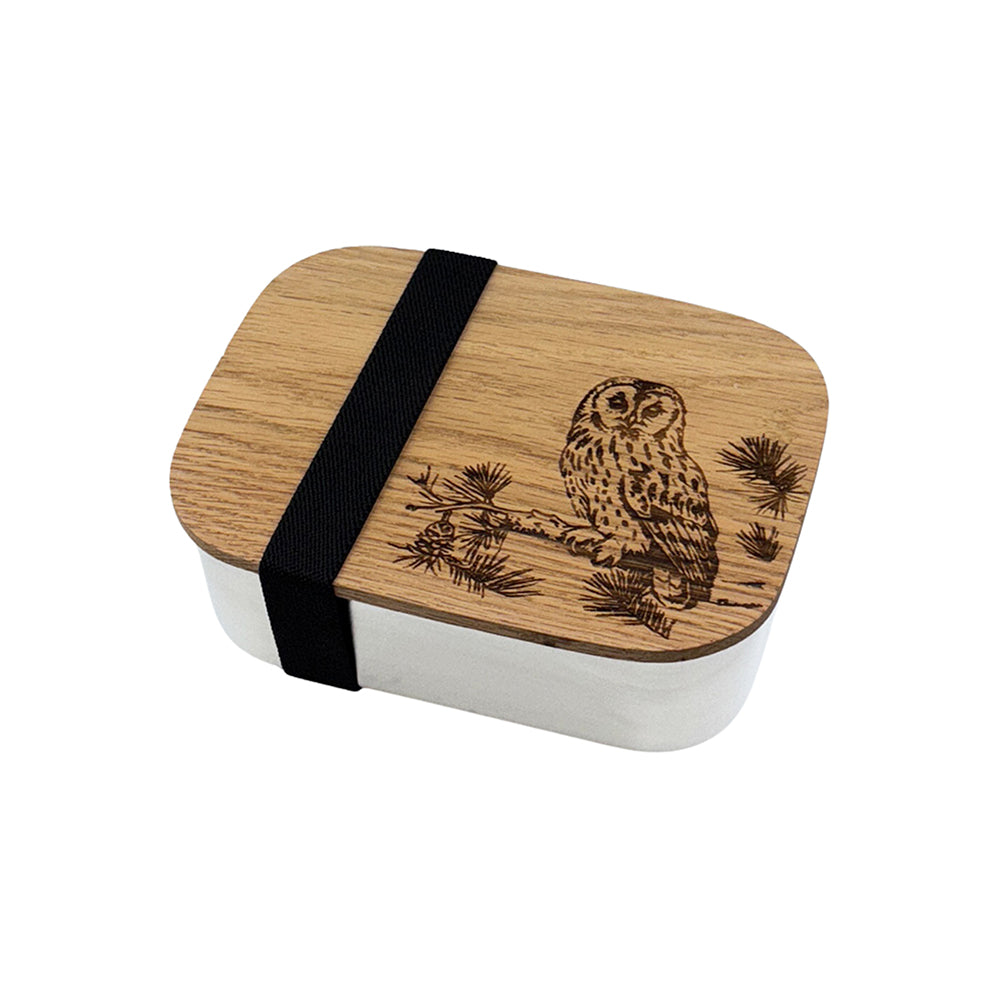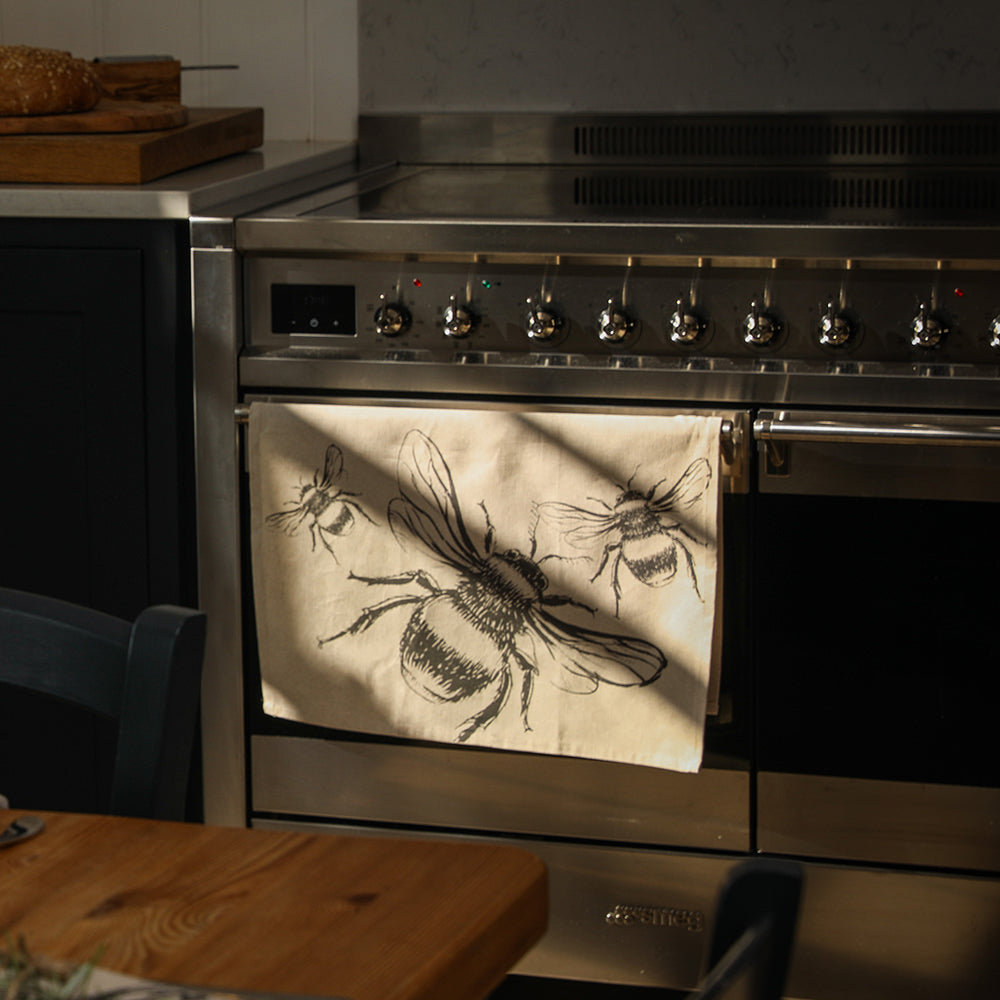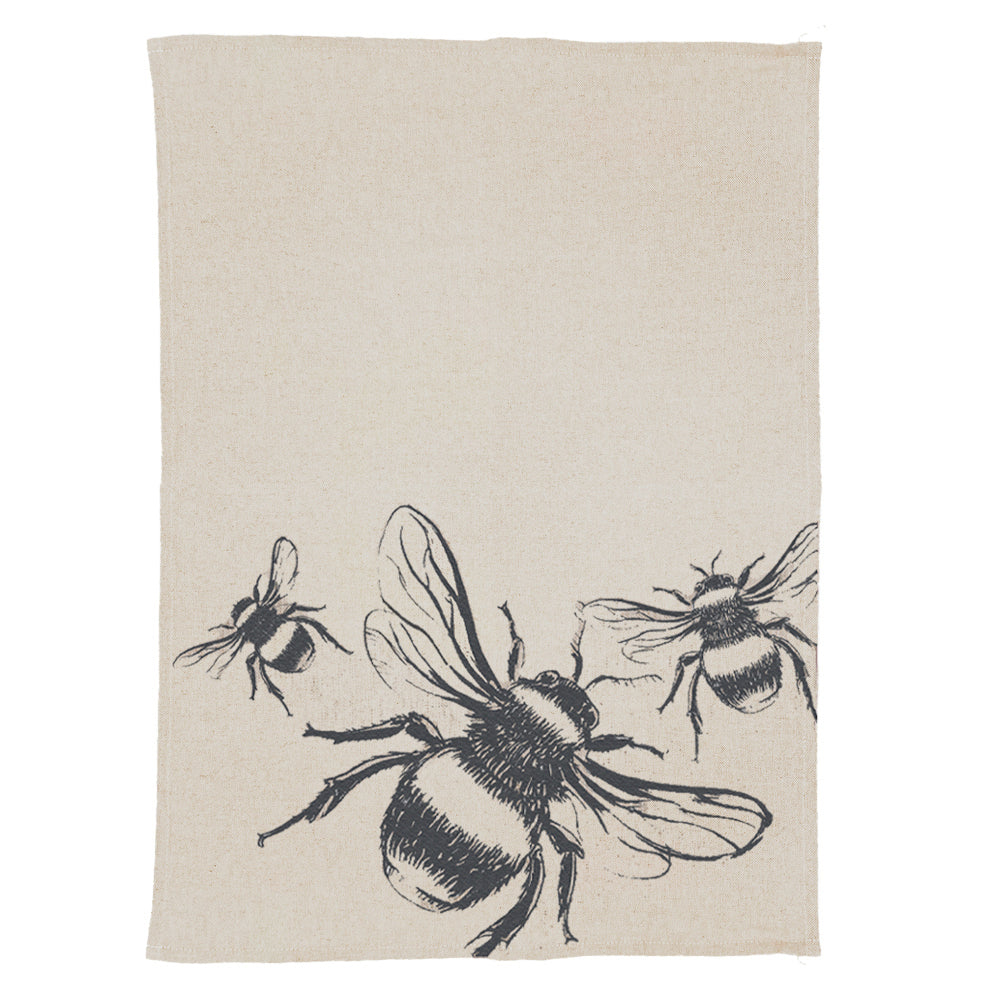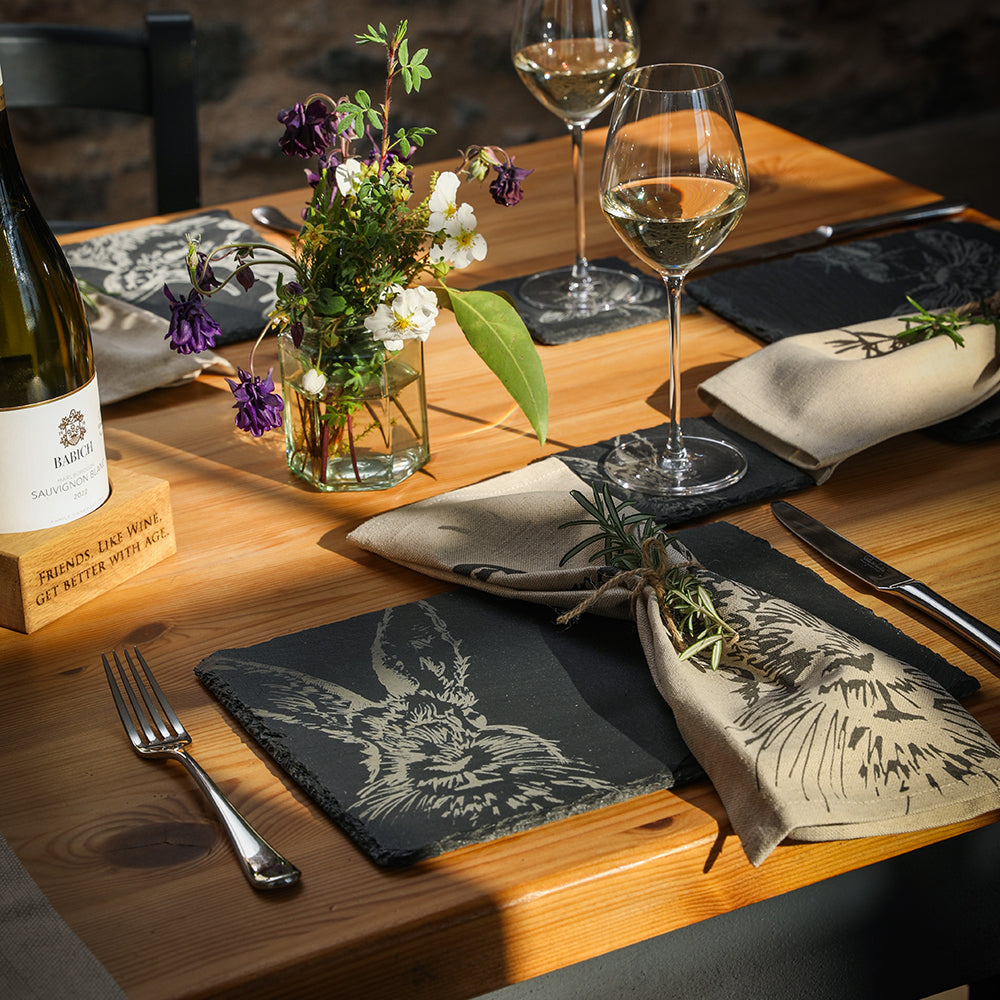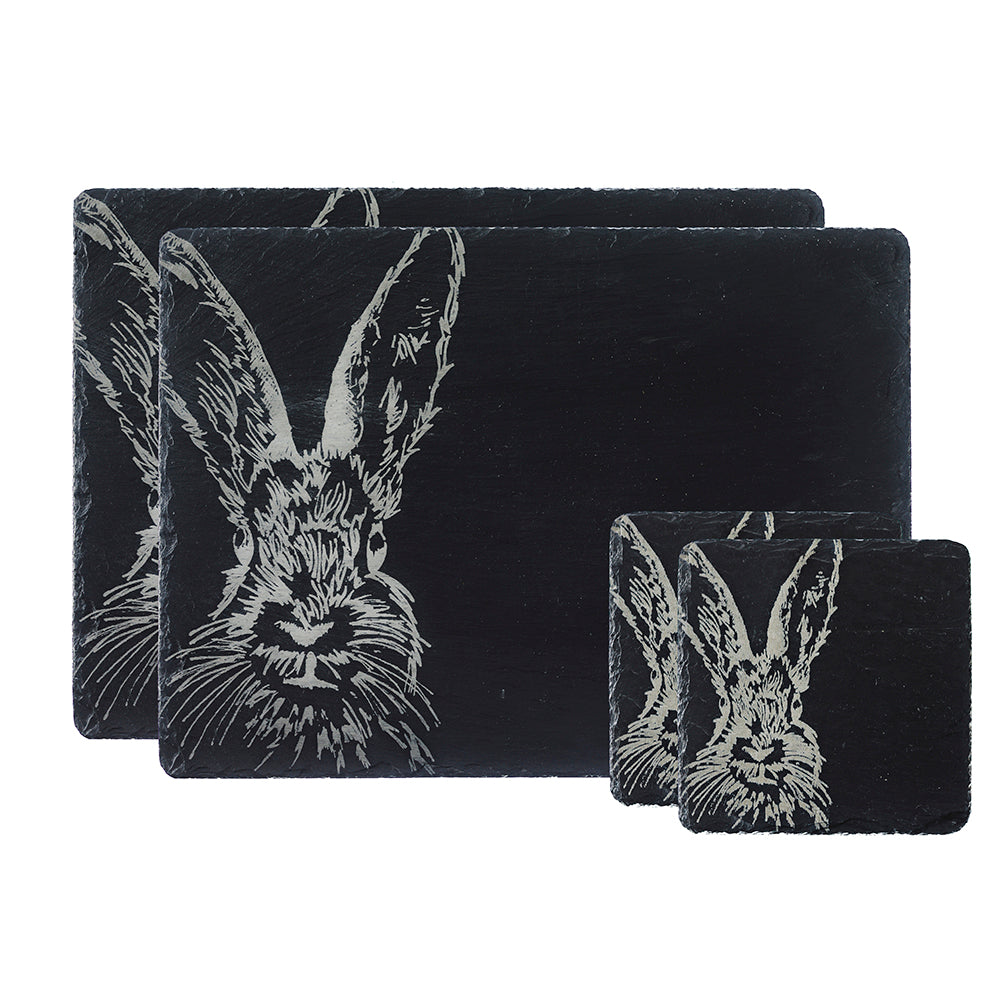The Love to Home Edit
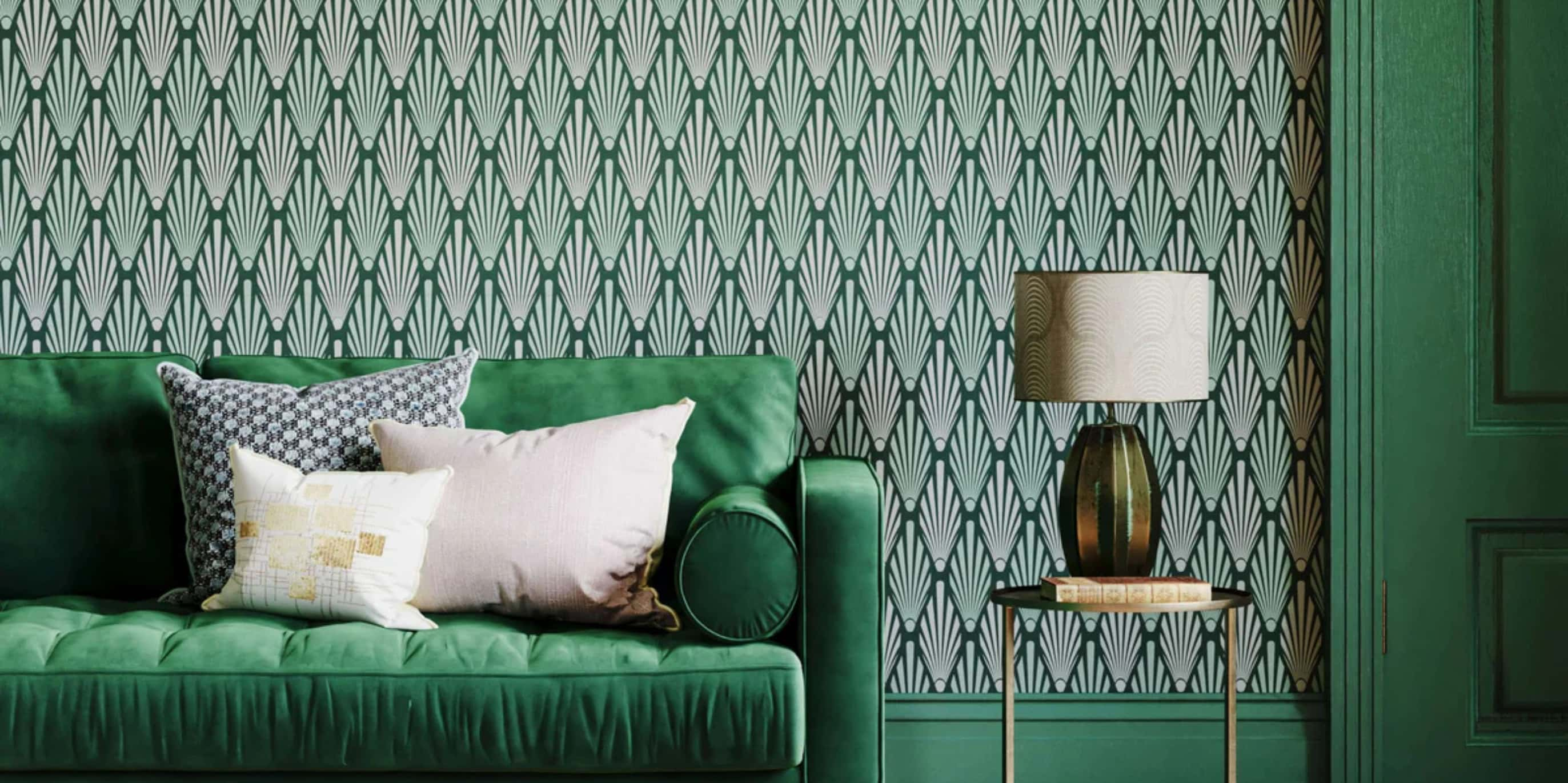
Wallpaper may not be the first thing that springs to mind when we think of disruption in design, but Bobbi Beck is quietly rewriting the rules. Launched during lockdown, the Cornwall-based studio w...
Read more →
Make this a winter you’ll want to stay in for
Weekends fill up fast in the run-up to Christmas, from office parties to festive drinks and last-minute gatherings. But here at Love to Home, the introvert in us enjoys stepping into our cosy era j...
Read more →
8 tips to make your home feel Christmassy (without overdoing it)
There’s something undeniably magical about decorating your home for Christmas – the annual trek into the loft to dig out dusty boxes of ornaments, fairy lights, and festive trinkets that have been ...
Read more →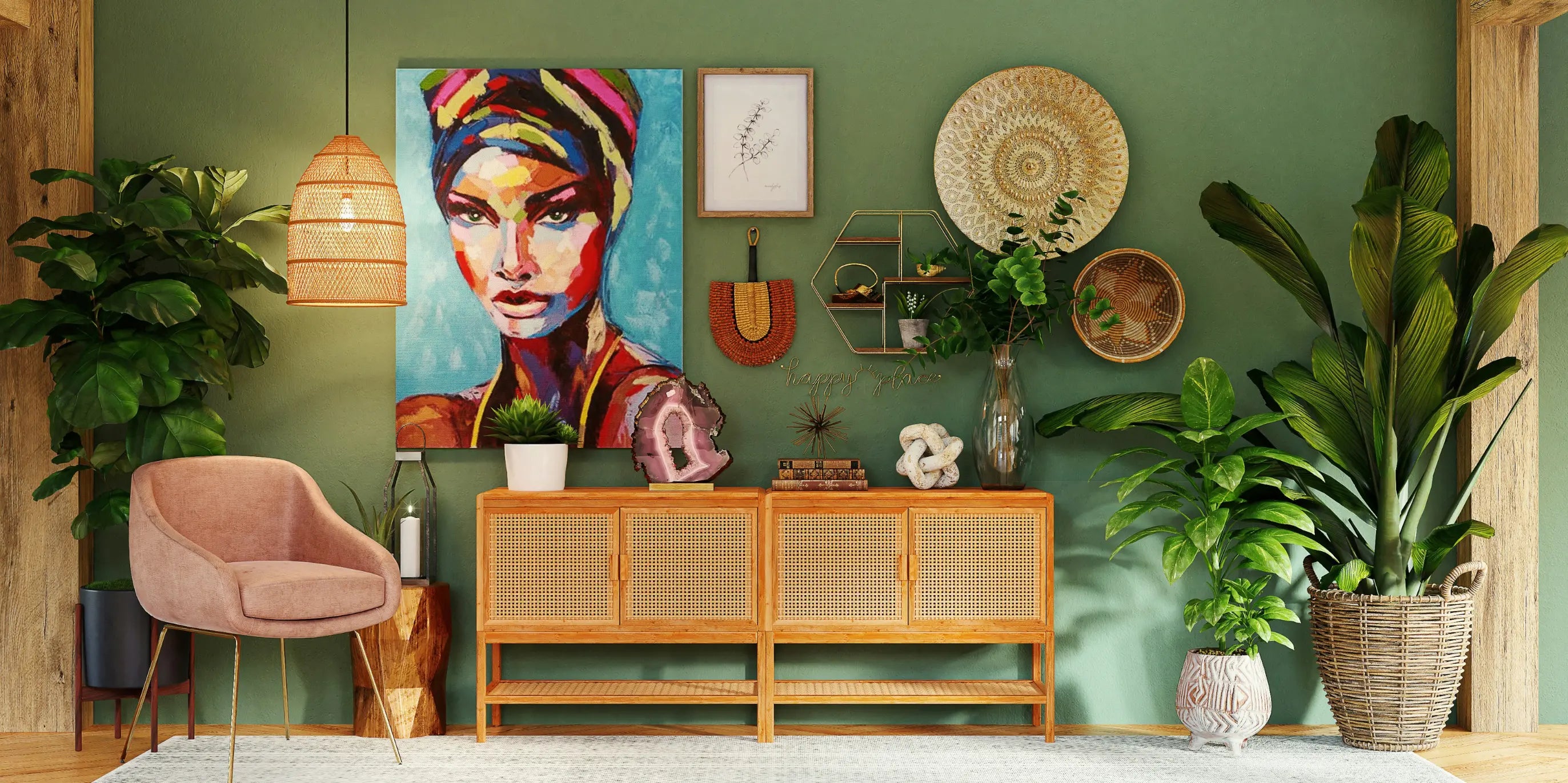
10 rules for creating an interior style that’s truly yours
One day, you look around your home and realise with a pang that practically everything you own is a cheap IKEA or supermarket buy. The cushions clash, the mugs don’t match the plates, and those pie...
Read more →
Fast homeware is the new fast fashion
I have a confession: I used to be that person who considered a trip to IKEA a full-blown day out. I couldn’t even do my weekly Aldi shop without coming back with something from the infamous middle ...
Read more →

